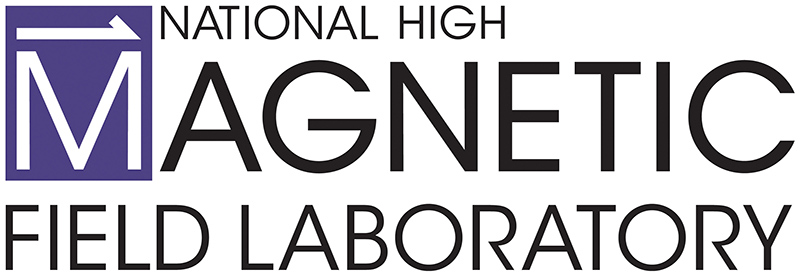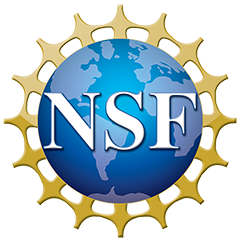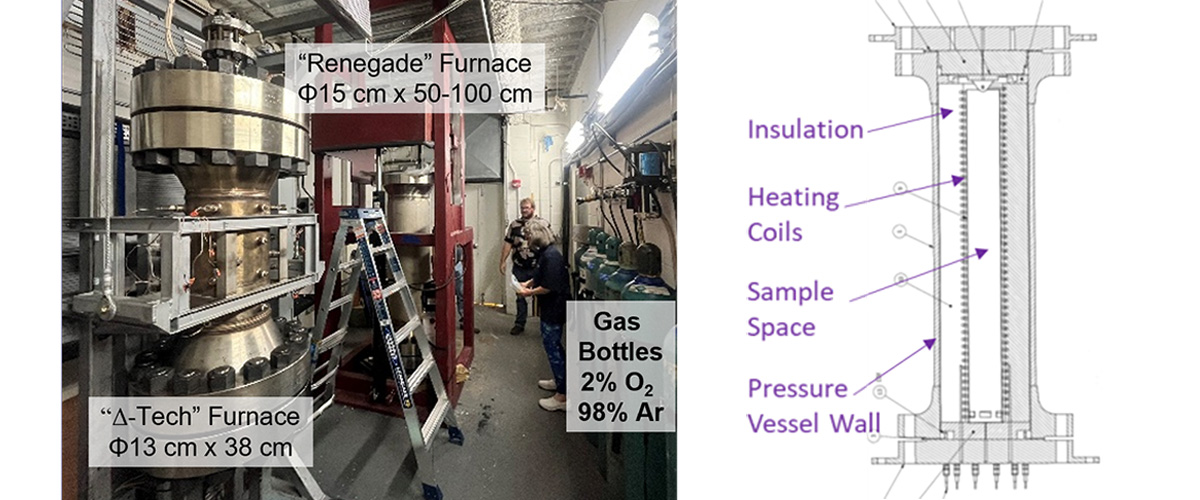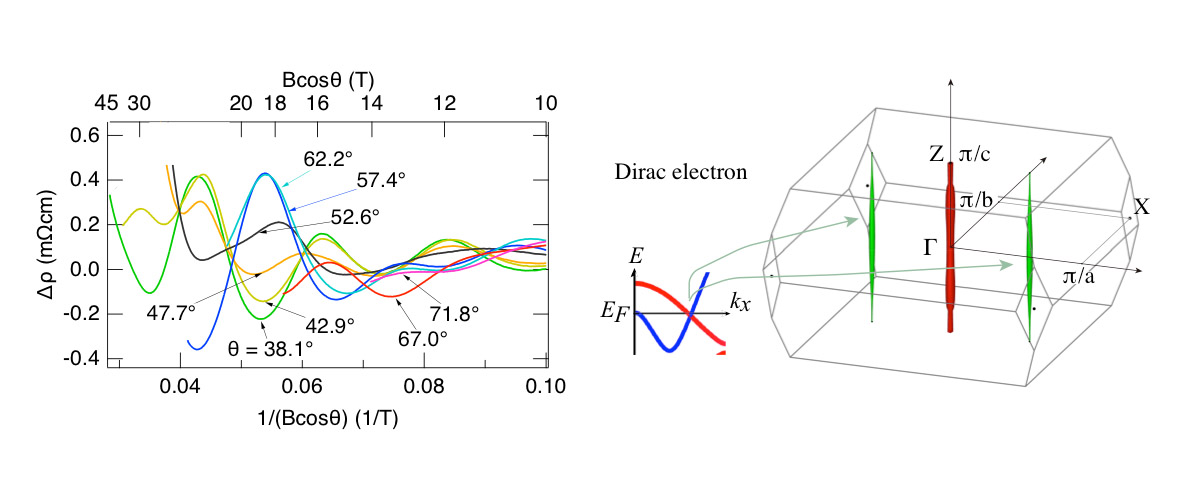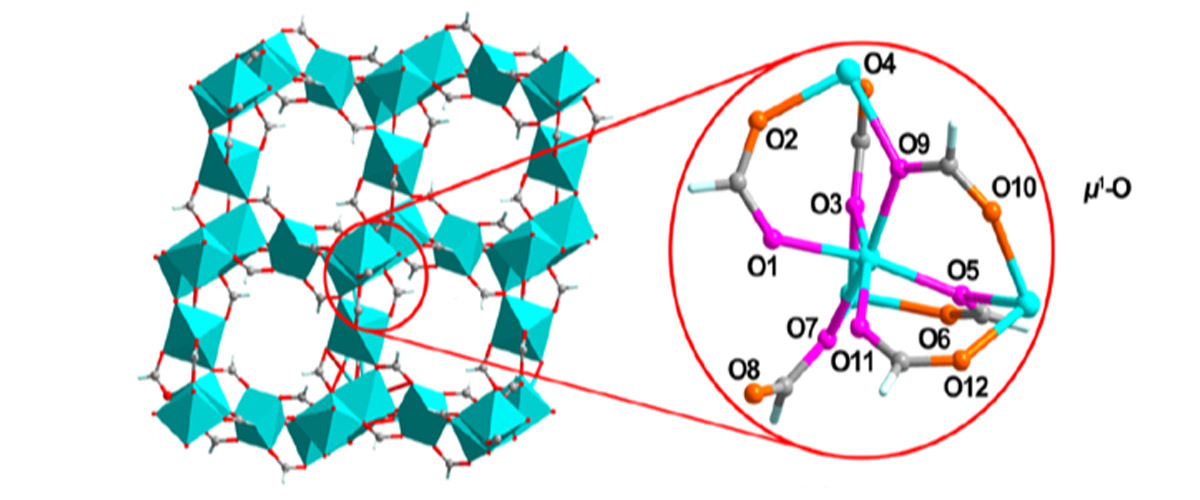What is the finding
Two state-of-the-art furnaces at the MagLab have been upgraded to produce next-generation superconducting magnets. These enhanced furnances can now manufacture magnets up to 15 cm in diameter and 1 meter in length—ideal for advanced applications like particle accelerators, fusion energy, and materials research. Upgrades include stronger heaters, better insulation, more precise temperature control, and a safer hydraulic mechanism for opening and closing - all upgrades that will boost performance and reliability.
Why is this important?
Heat-treating superconducting wires under high pressure can increase their performance by as much as 400%, allowing for more compact, powerful magnets. These upgraded furnaces are the only ones in the world capable of performing such treatments on these advanced materials. This breakthrough supports emerging technologies, including compact magnets for research, high-performance accelerators, next-gen MRI systems, and potentially fusion energy devices.
Who did the research?
Daniel S. Davis1, Ulf P. Trociewitz1, Youngjae Kim1, George Miller1, Cindonia T. Brady1, Eric Hellstrom1, David C. Larbalestier1, Tengming Shen2
1ASC-National MagLab-FSU; 2Lawrence Berkeley National Lab
Why did they need the MagLab?
The MagLab is uniquely equipped with the expertise, infrastructure, and collaborative environment needed to advance superconducting magnet technology. Scientists at the Applied Superconductivity Center have a proven track record of transforming new superconducting materials into practical, high-field magnets. This work directly supports the National Science Foundation’s mission to enable cutting-edge science and the Department of Energy’s push for the next generation of particle accelerators.
Details for scientists
- View or download the expert-level Science Highlight, Reliable & Uniform High-Pressure Furnaces for Superconducting Magnets
- Read the full-length publication, Isotropic round-wire multifilament cuprate superconductor for generation of magnetic fields above 30 T, in Nature Materials
- Read the full-length publication, Superconducting Accelerator Magnets Based on High-Temperature Superconducting Bi-2212 Round Wires, in Instruments
Funding
This research was funded by the following grants: K. M. Amm (NSF DMR-2128556); E. Hellstrom (DOE DE-SC0010421); U.P. Trociewitz (DOE DE-SC0018683, NIH-RO1 1RO1GM154600); D.S. Davis (DOE-ARDAP DE-AC02-05CH11231/AWD00007176); State of Florida; US DOE-MDP
For more information, contact David Larbalestier.
